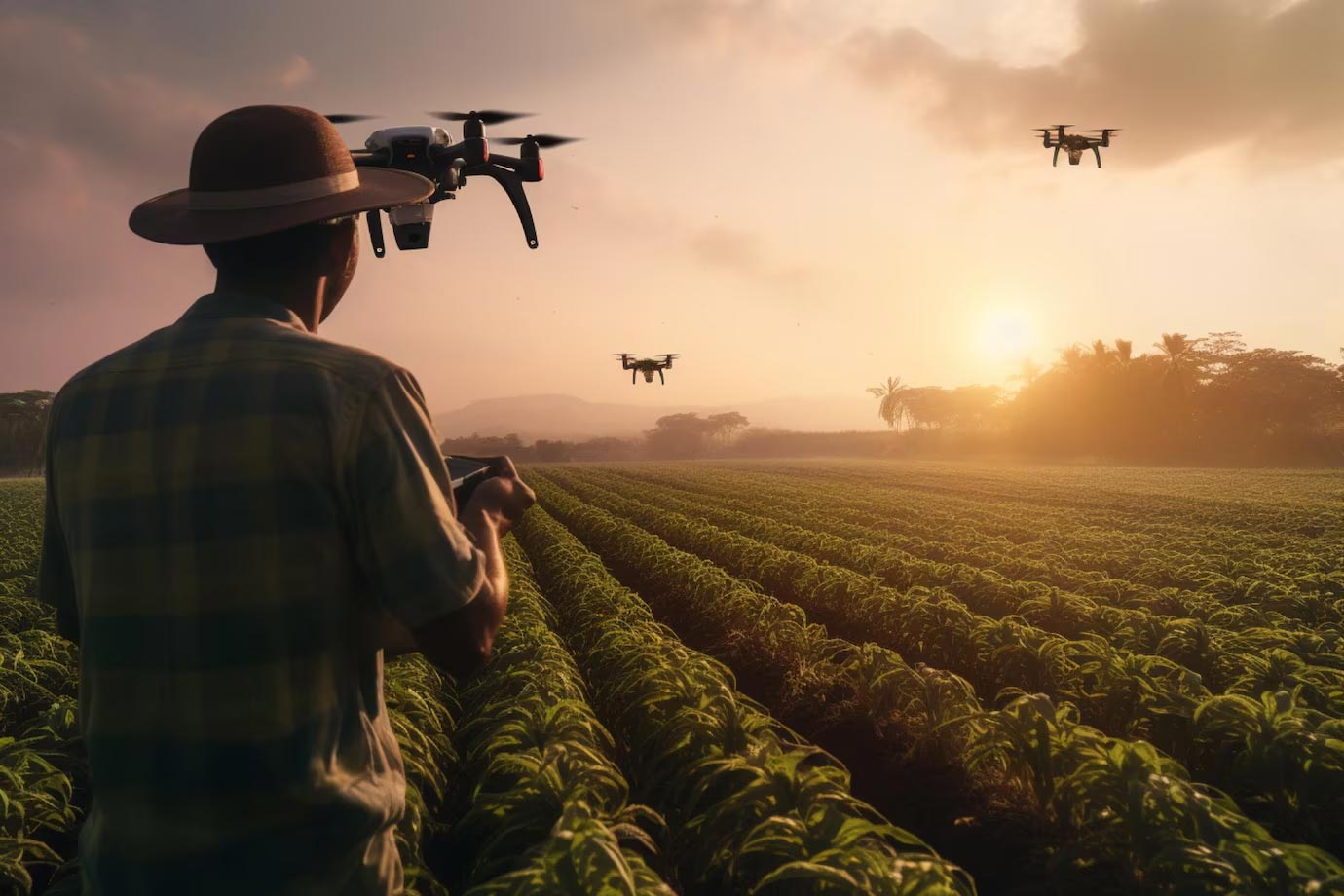When Was Lidar Invented?
When Was Lidar Invented?
Lidar, an acronym for Light Detection and Ranging, is a remote sensing method. It measures distances by illuminating a target with laser light and analyzing the reflected light. The technology has become widely used across various fields ranging from geology to autonomous vehicles. Understanding the invention of lidar is critical to appreciating its vast applications and evolution over time.
The Early Days of Laser Technology
Lidar technology didn’t emerge in isolation. It is closely linked to the development of laser technology. The first functional laser was created by Theodore H. Maiman in 1960. His work provided the foundation for future advancements in optical and remote sensing technologies. Lasers emitted precise and coherent light beams, essential for developing lidar systems.
Initial Conceptualization of Lidar
The conceptual groundwork for lidar started taking shape in the 1960s. During the same decade that lasers were invented, researchers started experimenting with light detection and ranging methods. The idea was simple: use laser beams to measure distances accurately.
One of the early prototypes of lidar systems was developed at Hughes Aircraft Company. This innovation led to the first serious applications of lidar in atmospheric studies. Researchers used it to measure various atmospheric conditions, including cloud height and atmospheric composition.
Application in Apollo Program
NASA played a significant role in advancing lidar technology. As part of the Apollo program in the 1970s, NASA used a form of lidar for mapping purposes. The system helped scientists study the lunar surface’s texture and composition. The data provided invaluable insights, facilitating safe lunar landings during the Apollo missions.
Emergence of Commercial Lidar in the 1980s
Lidar transitioned from specialized research to more commercial applications by the 1980s. Companies such as Optech Incorporated began creating commercial lidar systems. These systems were used mainly for topographic surveys and bathymetric measurements. Early adopters included organizations involved in forestry, mining, and environmental studies.
Integration with GPS Technology in the 1990s
The 1990s marked a significant milestone in lidar development. The integration of lidar with Global Positioning System (GPS) technology revolutionized remote sensing. This combination enabled high-precision data collection over large areas. The period also saw the advent of airborne lidar systems. These were used for terrain mapping, urban planning, and disaster management.
Lidar in Automotive Industry
In the early 2000s, lidar began emerging in the automotive industry. It became an essential component of advanced driver-assistance systems (ADAS). Companies like Velodyne were instrumental in developing lidar sensors that enhanced vehicle safety by providing real-time 3D maps of the surroundings. This technology continues to evolve, driving the development of autonomous vehicles.
Adoption in Archeology and Agriculture
Lidar has found extensive applications in fields like archaeology and agriculture. In archaeology, lidar helps uncover hidden structures beneath dense forest canopies. It has led to significant discoveries, including ancient ruins and lost civilizations. In agriculture, lidar aids in precision farming. It helps farmers optimize field management by providing detailed topographical data.
Modern Advances and Future Prospects
The 21st century has seen remarkable advancements in lidar technology. Modern lidar systems are more compact, energy-efficient, and affordable. Innovations such as solid-state lidar and MEMS (Micro-Electro-Mechanical Systems) are driving the industry forward. These advancements have broadened lidar’s scope, making it accessible for consumer electronics, drones, and more.
Despite its relatively recent invention, lidar has profoundly impacted various fields. From its initial concept to modern applications, lidar continues to evolve. The technology’s journey is a captivating story of innovation, adaptation, and relentless pursuit of precision.
